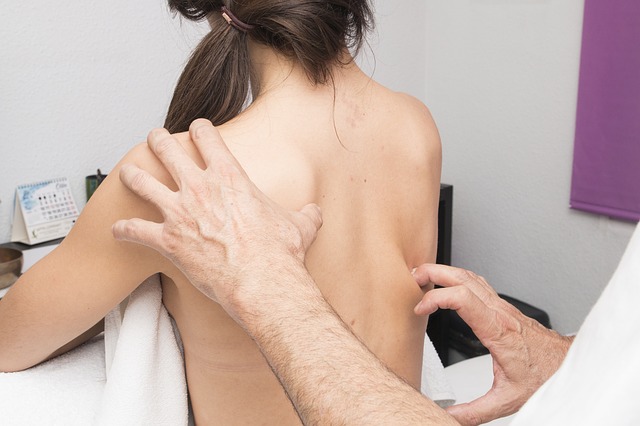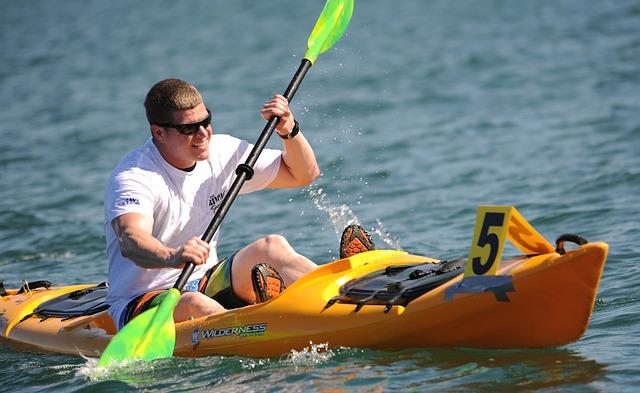Posts Tagged ‘spine’
Sarcopenia Does Not Have to Define Your Life as a Senior
Why we should take the loss of muscle mass seriously
At some point in our thirties, we begin to lose muscle mass slowly but steadily. This process begins to accelerate as we reach seniority, between the ages of 65 and 75. Along the way, the rate of loss is affected by how active you are: in the beginning, muscle loss may be negligible for active people; for non-active people it can be as much as 3-5% each year. Losing muscle poses a threat to your well-being in the following ways:
- Contributes to frailty
- Makes us less able
- Increases vulnerability to injury
- Reduces our activity levels
Pillow Talk: Supporting your Spine to Sleep Better
Not all sleep is equal
Sleep should be a time of rest and rejuvenation but, for many people sleeping in subpar settings, it can actually be a time that contributes to a cycle of stress and back pain. Comfort of body and mind are what let us fall asleep; comfort influences feelings of calmness, which lead to feelings of relaxation, in which your body is able to reduce energy expenditure and focus on resting. Sleeping on an old mattress with ill-fitting pillows hardly sets the tone for such a scenario. So let’s truly define comfort as the combination of a physical state of being and state of mind in which you are able to sleep restfully and protect the health of your spine. Changing the way you use your pillows is a key way to influence a healthier sleep life.
Mobilization is Gentle Therapy for the Spine
Stiff spinal joints limit range of motion and cause pain
Whether it’s due to the chronic inflammation involved in arthritis, acute injury, or tight muscles surrounding the joint capsules, a stiff and sore spinal joint is sure to throw a wrench in your best laid plans. And that wrench often hurts- the stiffness itself is a precautionary measure telling your body not to move this particular region excessively in order to avoid reaching a breaking point. The cruel irony is that motion actually facilitates healing so, in order to reduce stiffness and pain, we need to focus on improving range of motion. How do we do that? Spinal mobilization.
Support Your Spine By Resetting your Posture
Your spine consists of four primary curves
The cervical curve at the top of your spine consists of 7 vertebrae in a concave shape; the thoracic consists of 12 vertebrae in a convex shape; the lumbar 5 of the largest vertebrae in the spine forming a concave shape; and finally the sacral curve, consisting of 5 fused vertebrae and a convex shape. These curves link together to form the S-shape of your spine, enabling it to compress and expand in order to perform shock absorbing and movement duties. The essential shape of your spine is important for staying upright and preventing pain, but there are many forces working against you. Over time, the compressive nature of gravity, along with other factors, conspires to alter the curvature of your spine.
Pressure Relief for Overburdened Spines
Positions that put the spine under the most pressure
Humans have a habit of putting their spines under pressure. Many of the most common positions that we assume throughout the day pressurize the spine, including:
- Leaning forward
- Lifting and bearing weight
- Sitting by itself
- Sitting and leaning forward
- Forward head posture
How many times do you perform each of these motions, consciously or not, each day? It is a credit to our spines that they are resilient enough to keep us healthy for any length of time given such consistent pressure. At OFW Chiropractic we believe it’s time to step up our level of awareness when it comes to how we treat our spines.
Embracing an Ergonomic Lifestyle
Ergonomic injuries are on the rise
The more people we bring into the white collar job market, the more we send down the road toward degeneration of the spine and disability. Ergonomics is an applied science that studies human efficiency as it relates to the surrounding environment. Few employers are ethical enough, or are willing to invest enough money, to lift the overall ergonomic standard of their offices. The onus is therefore upon the workers to optimize their own ergonomic situation. At OFW Chiropractic we have a plan to help you embrace a lifestyle that helps you avoid ergonomic injuries and prevent the onset of conditions that make lower back pain the number one workplace complaint.
White Collar Back Pain
Office work has become the predominant source of back pain in the 21st century
The stats don’t lie: more than a million workers in the US are affected by back pain related complaints each year; and the umbrella category of back pain is responsible for more lost work hours than any other musculoskeletal complaint. While it may make more sense that nurses or construction workers suffer pain due to the demands of movement involved in their jobs, white collar workers face the opposite problem: the demand of no movement, which is proving to be just as insidious when it comes to the spine.
Elongation of the Spine is Feel Good Therapy
Spinal compression is a natural result of being on earth
It’s called gravity! The force that, for better or worse, keeps us rooted to the ground and is ever pressing us downward. And while the best thing for your spine would be to float around in space, gravity-free, the next best thing is spinal decompression. Here are some of the postures that put your spine under the most pressure:
- Forward-head posture
- Scoliosis
- Hyperlordosis
When left untreated, these configurations of the spine become even more exaggerated and will also contribute to narrowing of the spinal canal. At OFW Chiropractic, we know the way to deal with compressive forces: provide the spine with the decompression therapy. The question is: how do we go about achieving that?
Piriformis Syndrome: A Common Cause of Sciatica
Do you know your piriformis muscle?
The piriformis is small but powerful, a muscle located deep within the buttock that connects between the lower spine and the beginning of the femur. It’s function is to assist in rotation of the hip, but the piriformis is more well known for the problems it causes than for the way it assists your day to day movement. The problem is location: it just happens to sit right on top of the sciatic nerve, the longest nerve in the human body . In fact, in some people’s bodies, the nerve runs directly through the muscle. This sets up a scenario for impingement on the sciatic nerve.
Piriformis syndrome is nerve impingement at its finest
How we Help Athletes Push Further in Westwood
Chiropractic is tailor made for athletes
Pushing further in a chosen sport comes down to specialization- of both body and brain. As you grow in your sport, your body is developing a unique set of muscles that help you perform the way your brain demands. Chiropractic is about regulating the link between brain and body, and maintaining a high level of care for your body to mitigate injury and excel. More professional athletes than ever are choosing chiropractic as part of their physical health portfolio; will you join them?










